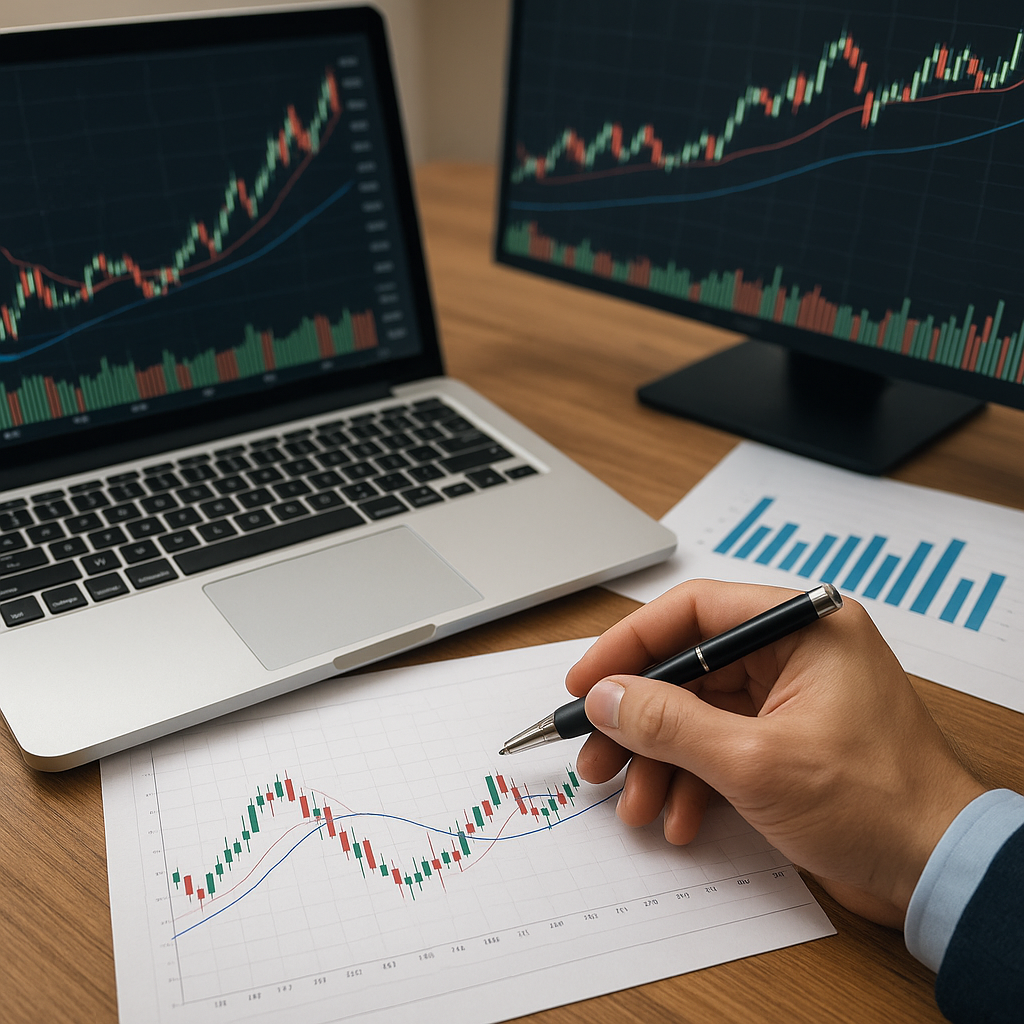Investing in currencies can be a lucrative venture, but it also comes with its fair share of risks. One of the best ways to mitigate these risks and gain valuable experience is by using demo accounts before investing real money. This article will guide you through the process of getting started with demo accounts and explain why they are an essential tool for any aspiring currency investor.
Understanding Demo Accounts
Demo accounts are simulated trading environments provided by brokers that allow you to practice trading without risking real money. These accounts are designed to replicate real market conditions, giving you a realistic experience of trading currencies. They come pre-loaded with virtual funds, which you can use to execute trades, test strategies, and familiarize yourself with the trading platform.
Benefits of Using Demo Accounts
There are several advantages to using demo accounts before diving into real-money trading:
- Risk-Free Learning: Demo accounts allow you to learn the ropes of currency trading without the fear of losing your hard-earned money. This risk-free environment is perfect for beginners who need to build their confidence and understanding of the market.
- Platform Familiarization: Each trading platform has its own set of features and tools. Using a demo account helps you get comfortable with the platform’s interface, order types, and charting tools, ensuring that you are well-prepared when you start trading with real money.
- Strategy Testing: Developing a successful trading strategy takes time and experimentation. Demo accounts provide a safe space to test different strategies and see how they perform under various market conditions.
- Emotional Management: Trading can be an emotional rollercoaster. Using a demo account helps you understand how you react to gains and losses, allowing you to develop the emotional discipline needed for real-money trading.
How to Get Started with a Demo Account
Getting started with a demo account is a straightforward process. Here are the steps you need to follow:
Step 1: Choose a Reputable Broker
The first step is to select a reputable broker that offers demo accounts. Look for brokers that are well-regulated and have a good reputation in the industry. Some popular brokers that offer demo accounts include:
- MetaTrader 4 (MT4)
- MetaTrader 5 (MT5)
- cTrader
- Thinkorswim
Make sure to read reviews and compare the features of different brokers before making your decision.
Step 2: Sign Up for a Demo Account
Once you have chosen a broker, visit their website and sign up for a demo account. You will typically need to provide some basic information, such as your name, email address, and phone number. After completing the registration process, you will receive login credentials for your demo account.
Step 3: Download the Trading Platform
Most brokers offer their trading platforms as downloadable software or web-based applications. Download and install the trading platform on your computer or access it through your web browser. Use the login credentials provided by the broker to access your demo account.
Step 4: Start Trading
With your demo account set up and the trading platform ready, you can start trading. Use the virtual funds in your account to execute trades, test strategies, and explore the platform’s features. Take your time to learn and practice, as this experience will be invaluable when you transition to real-money trading.
Maximizing the Benefits of Demo Trading
To get the most out of your demo trading experience, consider the following tips:
Set Realistic Goals
While using a demo account, set realistic goals for yourself. Treat the virtual funds as if they were real money and aim to achieve consistent, sustainable profits. This mindset will help you develop the discipline and patience needed for successful real-money trading.
Keep a Trading Journal
Maintaining a trading journal is a valuable practice for both demo and real-money trading. Record your trades, strategies, and the outcomes of each trade. Analyze your performance regularly to identify patterns, strengths, and areas for improvement.
Simulate Real-Money Conditions
To make your demo trading experience as realistic as possible, simulate real-money conditions. Avoid taking excessive risks or making trades that you wouldn’t consider with real money. This approach will help you develop a trading style that you can confidently apply when you start trading with real funds.
Seek Feedback and Learn Continuously
Join online trading communities, forums, and social media groups to connect with other traders. Share your experiences, seek feedback, and learn from the successes and mistakes of others. Continuous learning and improvement are key to becoming a successful currency trader.
Transitioning to Real-Money Trading
Once you have gained sufficient experience and confidence with your demo account, you may feel ready to transition to real-money trading. Here are some steps to help you make a smooth transition:
Start Small
When you first start trading with real money, begin with a small amount that you can afford to lose. This approach will help you manage risk and gradually build your confidence as you gain more experience.
Implement Risk Management Strategies
Risk management is crucial in currency trading. Use stop-loss orders, position sizing, and other risk management tools to protect your capital and minimize losses. Stick to your risk management plan and avoid making impulsive decisions based on emotions.
Continue Learning and Adapting
The currency market is constantly evolving, and successful traders are those who continuously learn and adapt. Stay informed about market news, economic events, and changes in market conditions. Be open to adjusting your strategies and learning from your experiences.
Conclusion
Using demo accounts is an essential step for anyone looking to invest in currencies. They provide a risk-free environment to learn, practice, and develop the skills needed for successful trading. By following the steps outlined in this article and maximizing the benefits of demo trading, you can build a strong foundation for your currency trading journey. Remember to start small, implement risk management strategies, and continue learning as you transition to real-money trading. With dedication and discipline, you can achieve your trading goals and navigate the currency market with confidence.




